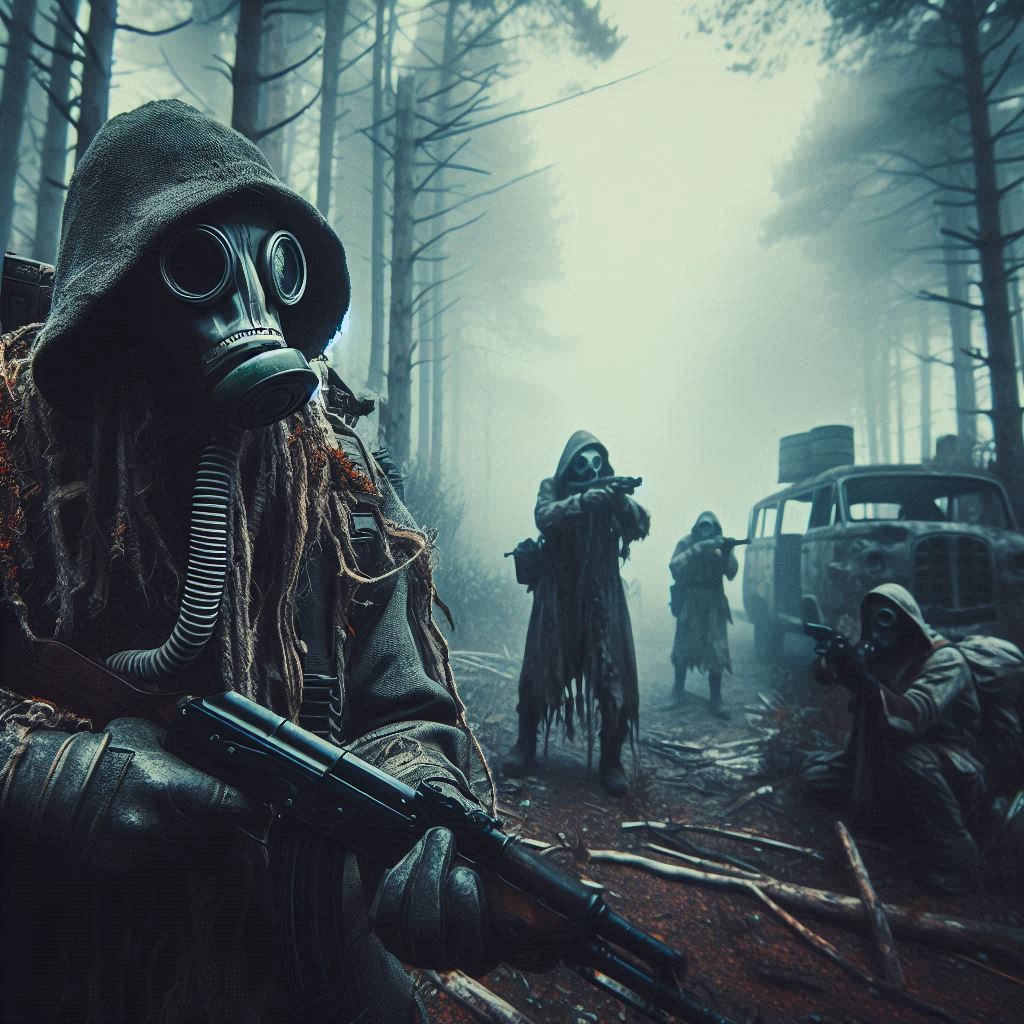The Algorithm’s Muse: A Journey into the World of AI Art

Have you ever found yourself standing before a work of art, captivated by the desire to uncover the emotions and intentions hidden within each brushstroke? Now, imagine that the creator behind this masterpiece isn’t wielding a brush, but rather a keyboard. Their studio isn’t a sunlit attic filled with paint fumes, but the vast digital realm of an algorithm
Welcome to the intriguing, sometimes disconcerting, yet endlessly fascinating world of AI art.
At its essence, AI art represents a unique collaboration between human ingenuity and machine learning. Picture this: a sophisticated algorithm is trained on an enormous library of artistic works—a vibrant array of paintings, sculptures, photographs, and even musical compositions. This digital banquet provides the raw material for the AI’s creative expression.
With guidance from complex algorithms and fueled by this diverse dataset, the AI begins to generate original pieces of its own. These aren’t just reproductions or simple pastiches; they are entirely new creations, born from the interpretation and blending of countless artistic influences. Imagine Vincent van Gogh’s “Starry Night” reimagined with the angular, neon-lit skylines of a cyberpunk city, or a Renaissance portrait where the subject’s eyes follow you with an uncanny, almost lifelike intensity. This is the compelling and sometimes unsettling beauty of AI art.
Some AI art platforms even allow users to feed in prompts—a phrase, a line of poetry, or a fleeting thought—and witness with wonder as the AI transforms those words into a visual spectacle. It’s like whispering a half-remembered dream into a machine’s ear and watching it blossom into an extraordinary landscape or a swirl of abstract color and emotion.
However, this new frontier raises profound questions. Can a machine truly be creative? Is AI art simply an echo of the data it’s trained on, or can it rise above its programming to produce works that resonate on a human level? Can a digital entity, lacking consciousness and experience, genuinely stir our emotions with its creations?
These questions have sparked lively debates within the art world, with passionate voices on both sides. But perhaps the most significant question isn’t about the AI at all; it’s about us. As viewers, interpreters, and consumers of art, how will we adapt to this new era of creative expression? Will we welcome the possibilities brought forth by this groundbreaking blend of art and technology?
The realm of AI art is still young, a constantly evolving landscape filled with promise and provocative inquiries. Over the coming weeks, we’ll journey further into this captivating world, exploring the different forms of AI art, the tools and techniques that drive them, and the potential impact on the future of creativity itself. So, buckle up, art lovers, because the future of art is arriving faster than we ever imagined, and it’s painted with algorithms.